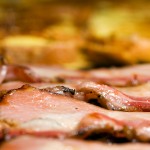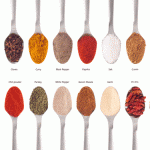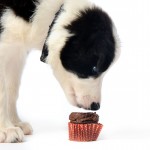
Rock, paper, scissors is seen as a good way to make a decision. Image: Shutterstock/Jeff Banke
They are much higher than you might think.
Rock paper scissors is one of those time-honoured ways of settling a dispute over who gets to ride shotgun or eat the last piece of chocolate. You should win a third of the games, lose a third and draw the rest.
Scientists from University College London have found that players subconsciously copy each other’s hand shapes, increasing the odds of a draw; but if both players are blindfolded a third of the games will end in a draw.
When only one player is blindfolded, the number of games ending in a draw is significantly higher. This suggests that the sighted player is copying the blindfolded player’s gestures, even if it isn’t in their interest to do so.
So why do we do it? “From the moment we’re born, we are frequently exposed to situations where performing an action accurately predicts seeing the same action, or vice versa,” says Richard Cook, lead author of the study published in Proceedings of the Royal Society B. “Parents seemingly can’t help but imitate the facial expressions of their newborns — smiling, sticking their tongues out and so on.”
This reaction is controlled by the mirror neuron system, a network of brain regions responsible for executing actions — the system also observes actions and responds to them immediately. The problem is your automatic imitation response is faster than your non-automatic response, so you’re predisposed to mimic the opponent. The impulse can be so ingrained that it is often subconscious.
“For example when one person starts tapping their foot in a waiting room, it is not uncommon for the whole room to start tapping their feet without thinking,” Cook says.
So how do you avoid getting psyched out and imitating your opponent when playing the game? Try closing your eyes the next time you play.
Source: University College London






